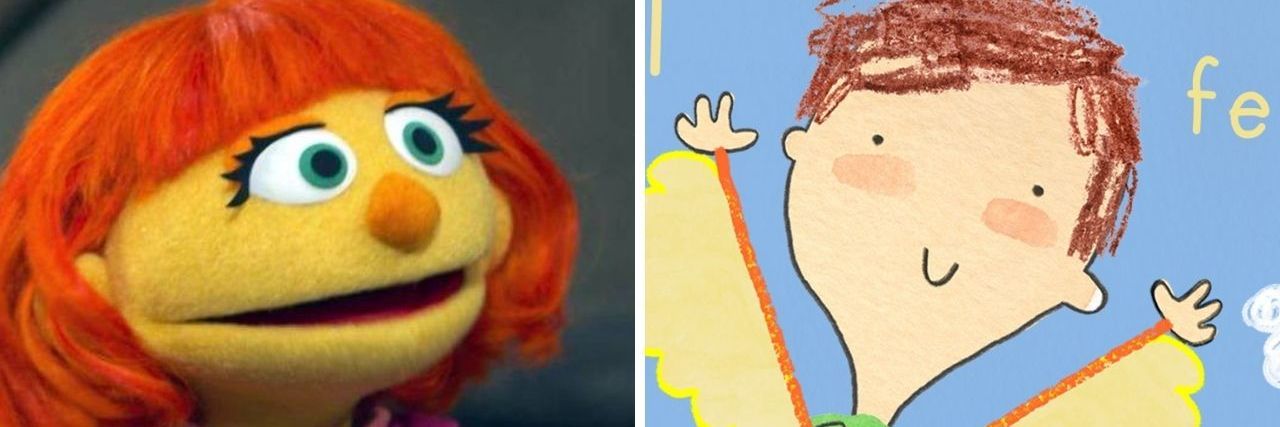New Study Confirms Disabled Characters Should Be Included in Children's Shows
A new report from the U.K. confirmed closing the gap in disability representation in kids’ TV shows can lead to more disability inclusion and understanding in the real world.
The report, conducted by U.K. video subscription service Hopster, highlighted how disabilities are poorly represented across kid’s TV programming worldwide. Hopster analyzed representation in 50 popular kids TV shows like “Pokémon,” “SpongeBob SquarePants” and “Thomas the Tank Engine.” Hopster also looked at other marginalized identities, like ethnicity, sexual orientation and gender.
Across all of the kids’ programs it studied, Hopster found only 16% included characters with disabilities. Of those, more than 50% were shown as the villain or in a “tokenistic” way, used to teach non-disabled people a “very special lesson.” The report singled out the show “‘Dinotrux” for its villain character with Tourette syndrome and muscle spasms while bad guy Iron Baron in “‘LEGO Ninjago” uses prosthetic limbs.
Our report on representation in kids TV found that inclusivity is often lacking, with issues around disability, LGBT+, the working class, gender stereotyping, and ethnic minorities. Read more in our full report. https://t.co/CA8vYGTwcQ #Diversity #Inclusion #RepresentationMatters pic.twitter.com/U6cEPURZdR
— Hopster (@hopsterTV) July 19, 2019
TV series that do positively represent characters with disabilities highlighted in the report include “Fireman Sam,” “Hey Duggee” and “Chip and Potato.” Though not mentioned in Hopster’s report, the BBC show “Pablo” features an autistic main character; “Sesame Street” features muppet Julia, who is on the spectrum; and “Peppa the Pig” includes a character who uses a wheelchair, Mandy Mouse.
The findings of Hopster’s study replicate other statistics on disability representation in film and TV, though most focus on even less disability representation in adult programming. GLAAD’s Where We Are on TV report for the 2018-2019 season, for example, found only 2.1% of regular primetime TV characters had a disability, despite nearly 25% of the population living with a disability.
Hopster said the lack of disability representation in the media can lead to discrimination in the real world, a concern for other media advocates like the Ruderman Family Foundation. When children only see people with disabilities as villains, a lesson or pushed off to side character status, they’re likely to internalize these messages about their disabled peers as opposed to cultivating empathy, inclusion and equality.
“We believe that battling prejudice in adulthood is about normalising society during childhood,” Hopster’s report concluded. Child and educational psychologist Laverne Antrobus added in a statement:
This study by Hopster shows how easily stereotypes and a lack of diversity can creep into the content children are watching. Pre-schoolers as the next generation need to view programmes that invite them into a world, where the rich layers of difference are celebrated and crucially seen within their favourite programmes. Parents need to be mindful of the content their kids are watching, as seeing themselves and others reflected on screen will nurture their sense of a society in which everyone is represented and can feel they belong.
Header images via Facebook

